With its velvety and unique taste, Irish whiskey has become a favorite among liquor aficionados worldwide. Whether you’re interested in mastering the art of crafting this beloved spirit from home or simply intrigued by the brewing process itself, look no further. In this comprehensive guide, we’ll reveal all the insider tips on how to make authentic Irish whiskey step-by-step with unparalleled precision and clarity.
Key Ingredients
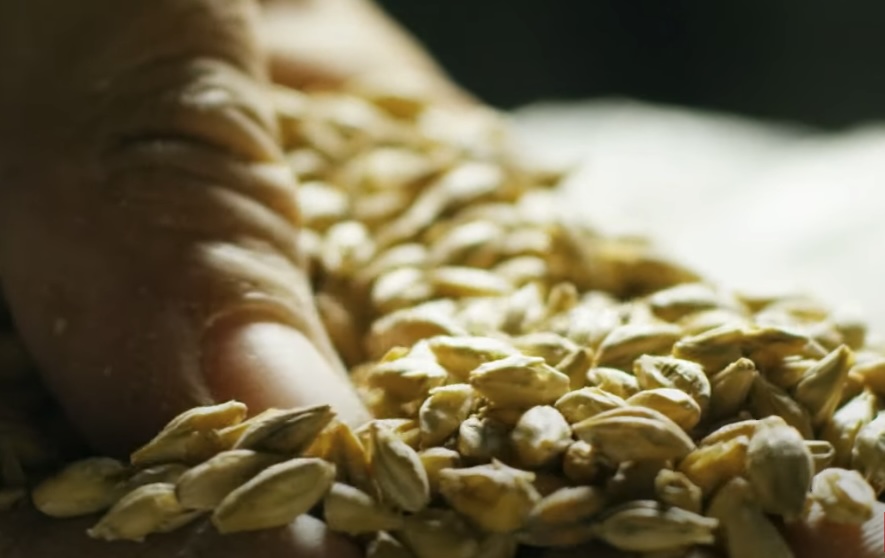
Irish whiskey, like any other type of whiskey, owes its distinct character to the combination of essential ingredients. Four fundamental elements unite harmoniously to produce this legendary spirit:
- Malted Barley: In the production of Irish whiskey, malted barley plays a crucial role in imparting sweetness and richness to the drink. It also contains essential enzymes required for fermentation process.
- Unmalted Barley: The inclusion of unmalted barley in its mash bill distinguishes Irish whiskey from other types, such as Scotch and American whiskeys, which mainly use malted grains. This key factor provides a unique flavor profile for the spirit by adding hints of nuttiness and pepper notes to the taste.
- Water: Pure water is crucial to the whiskey-making process, and Irish distilleries commonly use nearby sources of water that can affect both the beverage’s mineral composition and overall taste.
- Yeast: The fermentation stage relies on yeast, which converts sugars into alcohol. The selection of a particular strain can greatly influence the ultimate taste profile of whiskey and add depth to its complexity.
The Art of Mashing: Preparing Your Base
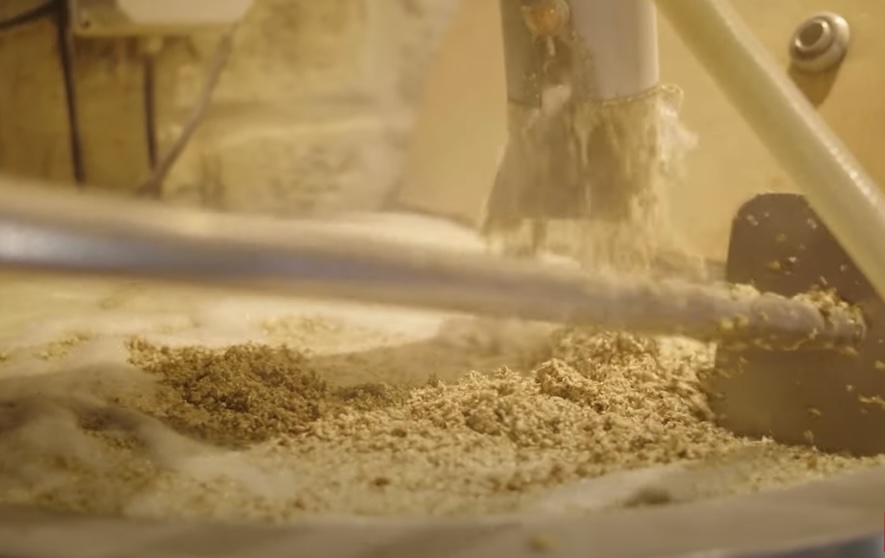
The process of mashing could be considered as an Alchemy where the grains metamorphose into fundamental sugars that yeast will eventually transmute into alcohol. The following are the sequential procedures involved in mashing:
- Grinding the Grains: The initial phase of preparing the mash involves grinding the grains, which entails crushing the malted and unmalted barley to achieve a rough texture. This procedure reveals the inner starches of these grains, rendering them more available for subsequent enzymatic transformation. The level of coarseness with which they are ground may influence both conversion efficiency and whiskey mouthfeel.
- Mixing with Water: After grinding the grains, they are then combined with water in a specialized container known as a mash tun. The process of mixing is critical and involves carefully controlling both the temperature and ratio of water to grain. By doing so, heat and moisture collaborate effectively to initiate gelatinization within starches present in grains by breaking down their cellular structure, subsequently allowing for easy dissolution into the water body.
- Enzymatic Conversion: Enzymatic conversion is at the core of mashing, where natural enzymes like amylase in barley are activated by heat during mixing. These enzymes crucially catalyze the transformation of complicated starches into easier-to-ferment sugars like maltose and glucose. This process provides yeast with essential fuels for effective fermentation.
Fermentation: The Birth of Alcohol
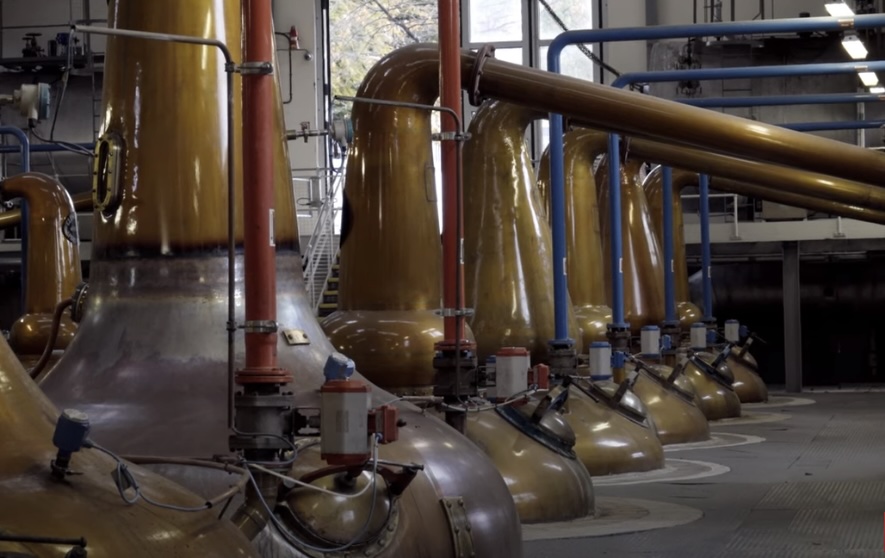
Fermentation is the alchemical conversion of the sugary mash into alcohol, and it can be divided into several key steps:
Adding Yeast to the Cooled Mash
After mashing and enzymatic conversion, the mash requires cooling to a fitting temperature for fermentation. Following this essential task is the introduction of yeast into the cooled mash – a microorganism that enables this enchanting metamorphosis.
The flavor and aroma of whiskey are largely affected by the type of yeast used during production. To ensure consistency in their product’s character, distilleries meticulously cultivate particular yeast strains. Yeasts primarily function to convert sugars from the mash into alcohol while generating carbon dioxide as waste.
Allowing the Mixture to Ferment
Once the yeast is added, fermentation commences initiating a period which usually endures between 48 to 72 hours. However, its duration may fluctuate based on individual recipes and objectives intended to be met. Throughout this process, yeast vigorously ferments the sugars inducing effervescence in the mash thereby releasing carbon dioxide.
The fermentation process is managed with great precision, carefully regulating the temperature and environmental factors. By doing so, optimal conditions are maintained to encourage yeast growth and ensure that the wash attains desired flavors and alcohol content. The makeup of both mash ingredients as well as yeast strain additionally play a critical role in shaping distinct profiles for aroma and taste during fermentation.
The Birth of ‘Wash’
While carrying out its function, yeast converts the sugars present in the mash into alcohol. Eventually, this leads to a liquid known as ‘wash,’ which is essentially similar to low-alcohol beer with an alcoholic content of roughly 5-10%. The specific aroma and taste associated with wash reflect both the grains ingested during mashing and particular strains of yeast employed.
The final outcome of whiskey heavily relies on the quality of wash during this stage. A properly fermented mixture with a high concentration of alcohol and flavor components lays down an excellent foundation for a richly nuanced, complex whiskey.
Distillation: Crafting the Spirit
The triple distillation process of Irish whiskey is well-known for its uniqueness among other styles of whiskeys. This method involves a meticulous approach that includes three consecutive rounds of distillation, with each serving a targeted function to refine the spirit.
First Distillation
The inception of converting the wash into high-proof alcohol begins with the first distillation, which is carried out in a copper pot still- an essential component of Irish whiskey manufacturing. Delving deeper, let’s examine this initial stage.
- Heating the Wash: The fermented grain or malted barley, also known as the wash, undergoes heating within the copper pot still. This process prompts alcohol to evaporate from the mixture and take on a gaseous form termed alcohol vapors.
- Alcohol Collection: The process of collecting alcohol involves condensing the vapors back into liquid form, resulting in a higher concentration of alcohol known as “low wines,” compared to the original wash.
- Separation: During separation, impurities and unwanted compounds are left behind as the low wines get separated from the remaining wash.
- Intermediate Product: The liquid obtained from the first distillation is considered an intermediate product and will go through further refining in subsequent distillations.
Second Distillation
The second distillation is a critical phase in the triple distillation process, aiming to enhance the purity and alcohol concentration of the spirit. This stage takes place in another copper pot still and includes the following steps:
- Re-distillation: The intermediate product from the first distillation is subjected to a second round of heating and distillation.
- Fractional Distillation: The distillate is separated into fractions, with the heart cut being the purest and most desirable part, containing the highest alcohol content and the desired flavors.
- Removal of Undesirables: Undesirable compounds and impurities are discarded, ensuring the spirit’s quality and character are maintained.
Third Distillation
The third and final distillation is the last opportunity to refine the spirit, achieving the desired alcohol level and eliminating any lingering imperfections. Here’s an overview of the third distillation:
- Further Purification: The heart cut obtained from the second distillation is once again distilled, further concentrating the alcohol and refining the flavor profile.
- Precise Alcohol Level: The distillation process is carefully monitored to achieve the exact alcohol level required for the specific whiskey being produced.
- Final Quality Check: The final distillate undergoes quality checks to ensure it meets the stringent standards of Irish whiskey production. Any deviations are addressed to maintain consistency and excellence.
Aging and Maturation: Developing Complexity
The aging process in Irish whiskey production is a carefully orchestrated dance between the spirit and the oak barrels in which it is stored. This interaction is what bestows upon the whiskey its distinctive flavor profile and character.
Storing in Oak Barrels
The first step in the aging process involves transferring the newly distilled spirit into oak barrels. This step is laden with significance, as the choice of barrel and the conditions within the aging environment play a pivotal role in shaping the whiskey’s final outcome.
- Oak Barrel Selection: The type of oak used for the barrels is critical. Commonly, American oak and European oak barrels are employed, each imparting unique flavors to the whiskey. American oak often introduces vanilla, caramel, and coconut notes, while European oak can add spicier and nuttier elements.
- Size and Age of Barrels: The size and age of the barrels matter as well. Smaller barrels have a larger surface area relative to their volume, leading to more rapid interaction between the spirit and wood. Older barrels may have already released some of their intense oak flavors, resulting in a subtler influence on the whiskey.
- Previous Contents: The history of the barrel also contributes to flavor development. Barrels previously used for aging sherry, bourbon, or other spirits can infuse additional complexity into the Irish whiskey through residual flavors absorbed during their prior use.
Minimum Aging Period
In accordance with Irish whiskey regulations, the distilled spirit must be aged for a minimum of three years in oak barrels. This requirement ensures that the whiskey attains a basic level of maturity and complexity. However, many Irish whiskeys far exceed this minimum period, with longer aging durations being a hallmark of premium expressions.
Enhancing Complexity through Aging
Extended aging is a practice often employed by whiskey producers to further elevate the complexity of their product. As the spirit remains in contact with the wood, several key processes take place:
- Flavor Extraction: During aging, the whiskey gradually extracts compounds from the oak, including vanillin, tannins, and lignin. These compounds contribute to the flavor profile, introducing notes of vanilla, spice, and depth to the spirit.
- Color Development: The whiskey undergoes a transformation in color as it absorbs pigments from the oak. This results in the rich amber and golden hues characteristic of well-aged Irish whiskey.
- Interaction with Air: Over time, the whiskey interacts with oxygen through the barrel’s wood, leading to oxidation. Controlled oxidation can soften harsh edges, mellowing the whiskey and enhancing its overall balance.
- Maturation Environment: The conditions in the aging warehouse, including temperature, humidity, and air quality, impact the whiskey’s evolution. Distillers carefully select these environments to achieve the desired outcome, with variations leading to distinct flavor profiles.
Conclusion
Understanding how to make Irish whiskey involves a blend of art and science. From the choice of ingredients to the nuances of distillation and aging, each step plays a pivotal role in crafting a high-quality spirit. Whether you’re a homebrew enthusiast or a curious reader, this journey through the process of how to make Irish whiskey offers insights into the rich tradition and meticulous craftsmanship behind this beloved spirit.
FAQ
Q: Can I make Irish whiskey at home legally?
A: Laws vary by country and region. In many places, you need a distillation license to legally make whiskey at home.
Q: How important is the water quality in making Irish whiskey?
A: Water quality is crucial. It affects the overall taste and quality of the whiskey.
Q: What differentiates Irish whiskey from other types of whiskey?
A: Irish whiskey is typically triple-distilled and often uses a mix of malted and unmalted barley, giving it a unique flavor.
Q: How long should I age my Irish whiskey?
A: The minimum aging period for Irish whiskey is three years, but longer aging can develop more complex flavors.
Q: Does the type of barrel affect the taste of Irish whiskey?
A: Yes, the type of barrel (new, seasoned, bourbon, sherry, etc.) can significantly influence the flavor profile of the whiskey.
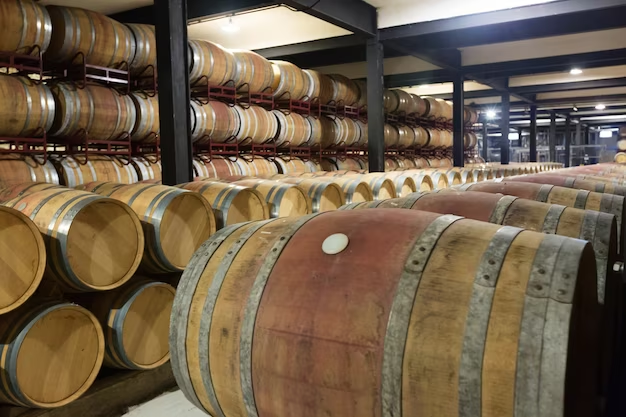
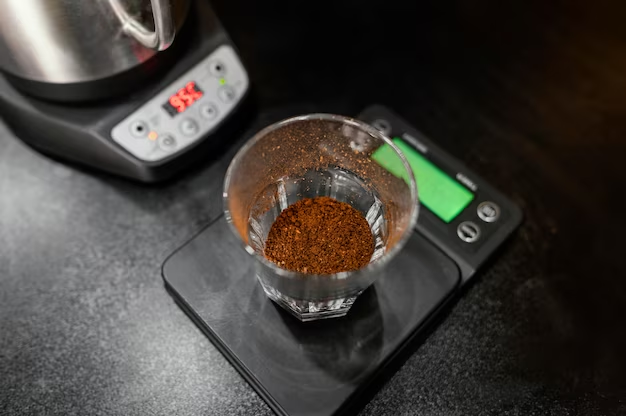
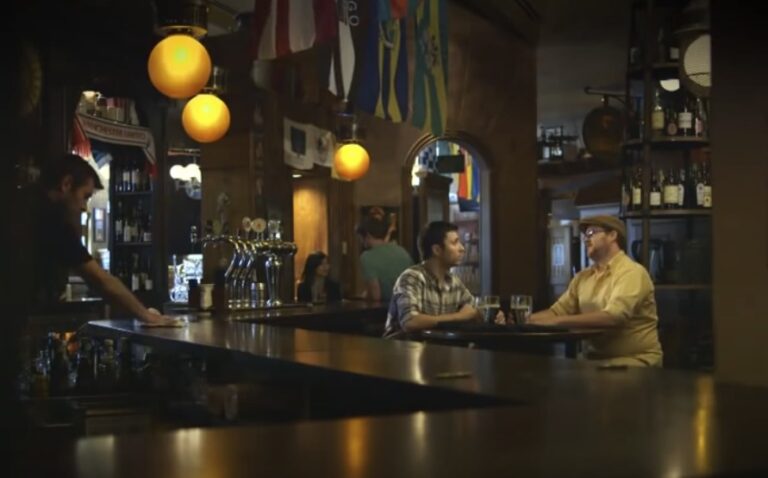
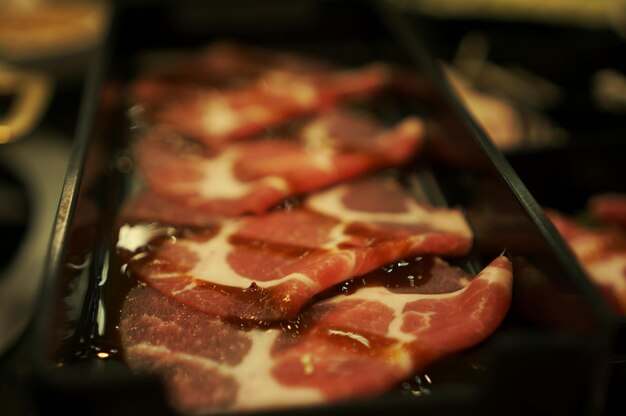

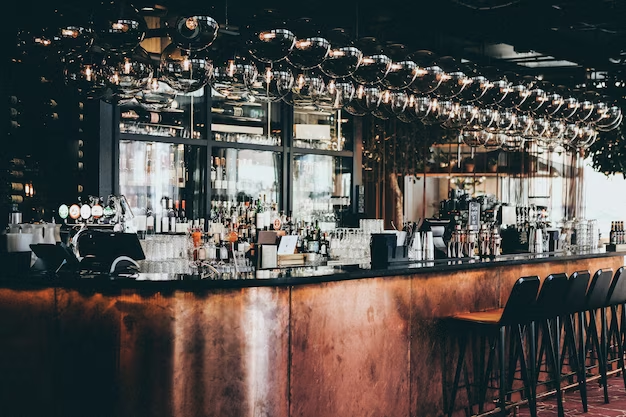


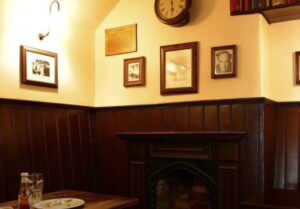

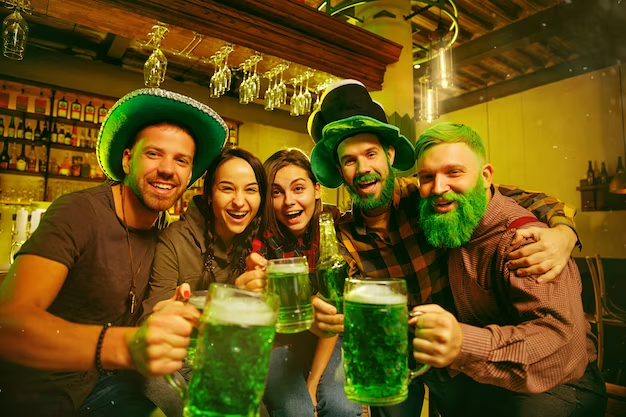

+ There are no comments
Add yours